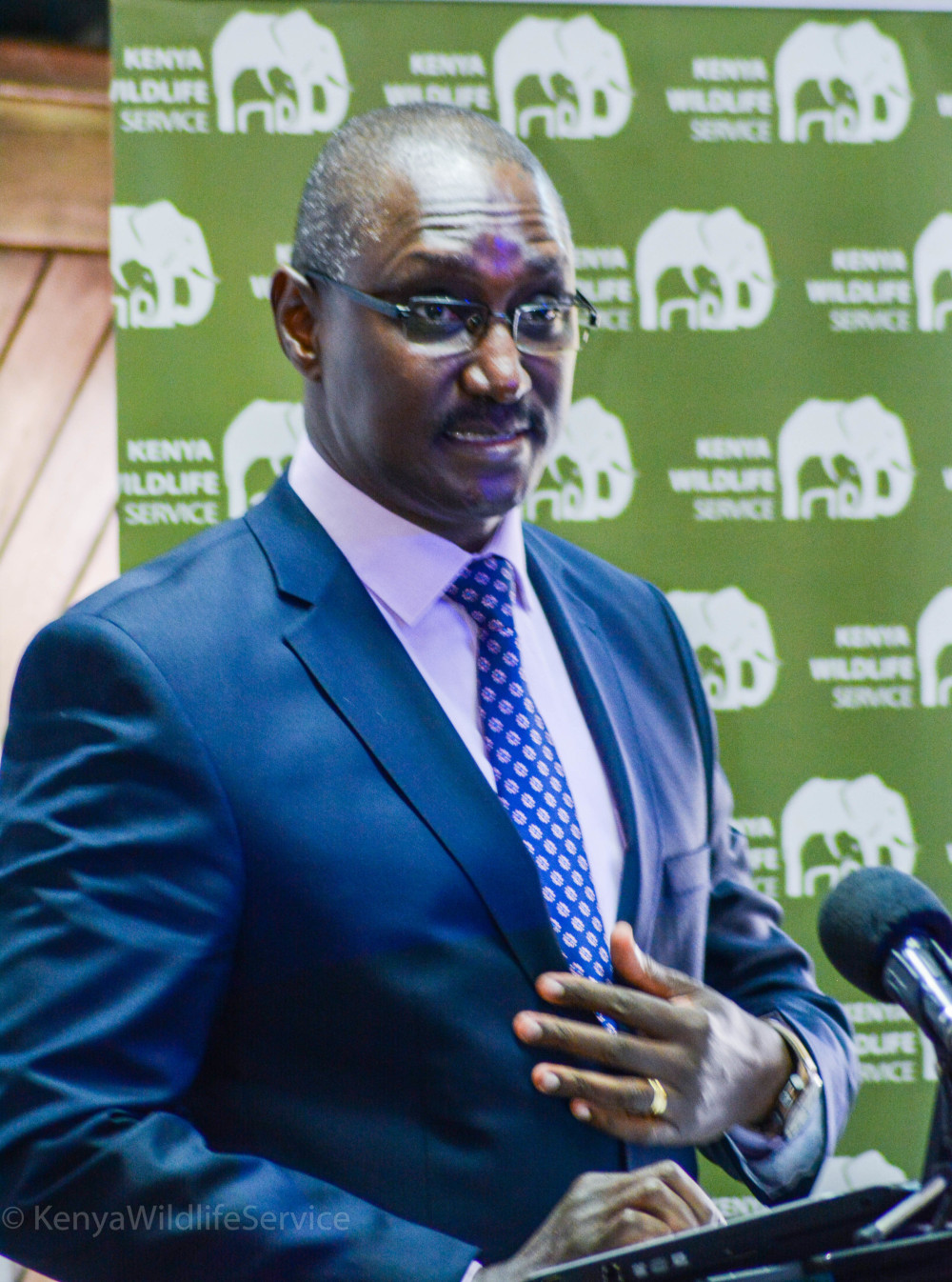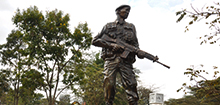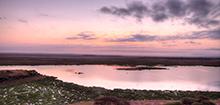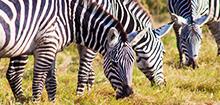
Date Published:
Kenya Wildlife Service hosted the Grevy Zebra Conservation and Research Conference at its Headquarters in Nairobi.
The two-day conference, which brought together conservation stakeholders across the Eastern Africa, discussed ways of creating a strong information and networking platform as guided by the Recovery and Action Plan for Grevy’s Zebra 2017-2026.
Opening the conference, KWS Director General, Brig. (rtd) John Waweru, called for more partnerships and collaborations to save the Grevy’s zebra across all habitats.
“As we discuss the way forward here today, let’s encourage our friends and partners to join us in driving this conservation agenda, grow and protect our Grevy’s zebra species, since they have been listed as endangered species by the IUCN and the Convention on International Trade in Endangered Species of World Fauna and Flora (CITES),” he said.
The current status of Grevy’s zebra indicates a population’s significant growth of 2812 individuals this year as opposed to 2350 in 2016. The growth has been attributed to increased collaboration among NGOs, private/community conservancies, county governments, national government agencies and researchers who mobilised resources to conserve the species.
Stakeholders at the conference also discussed ways of strengthening capacity building and community engagement by providing training services to communities living within areas occupied by the endangered wild animals.
About 90 per cent of the Grevy’s zebra live in protected areas while the remaining 10 per cent are in non-protected areas hence necessitating a multipronged approach with members of the communities in achieving the conservation agenda.
A pool of researchers led by Prof. Dan Rubenstein from Princeton University and Impala Research Centre urged stakeholders to embrace the modern research methodologies to enhance data processing efficiency of the Grevy’s zebra conservation. He cited the Spatial Monitoring and Reporting Tool (SMART) as the current most effective method of gathering information on the Grevy’s zebra.
KWS Ag. Director for Biodiversity, Dr. Patrick Omondi, closed the conference by calling on all partners to tighten their conservation belts, “let’s all gang up and save our species for the future generations to come.”
The last conference was held in 2014, the date for the next conference will be announced soon.





